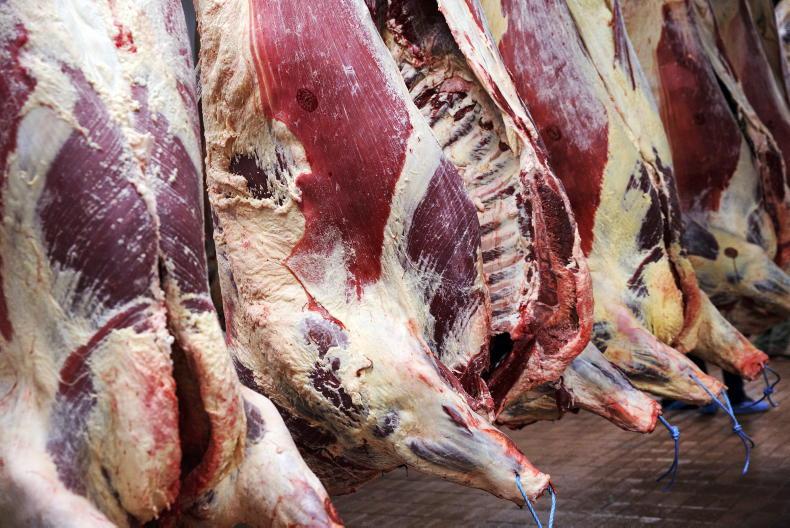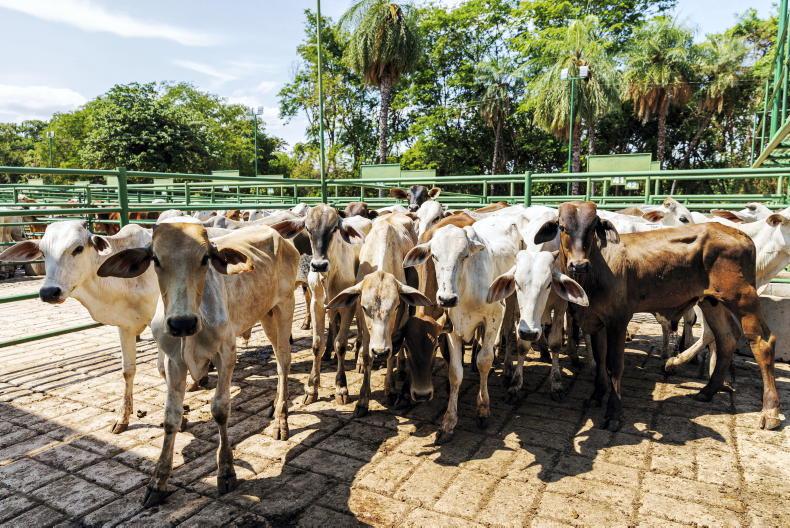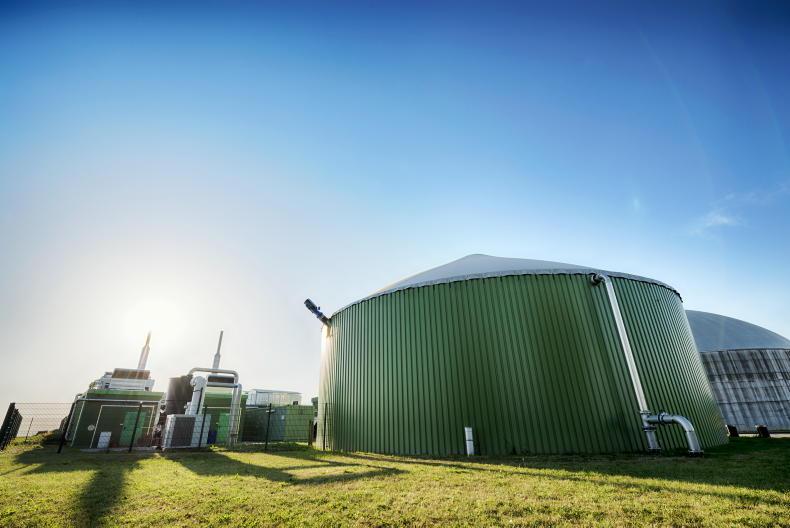Temperatures are set to soar next week and will undoubtedly put pressure on water supplies, with low grass dry matter levels also contributing to higher demand. Failing to provide animals with a sufficient source of water will firstly hit production performance, but it can also have more serious consequences with the risk of dehydration and heat stress greatly increased. In the worst cases, there could be a risk of mortality if animals are left without water for a prolonged period.
As such, it is important to check that water sources are capable of meeting demand. There are two avenues to be mindful off – piped water to troughs and natural sources of water. Looking at the latter first, field drains that up to now supplied a source of water are in many cases likely to be drying up. Drinking points at watercourses may also need to be tweaked if water levels reduce and fencing prevents animals from accessing water.
Massive demand from dairy cows
The highest demand will be seen in large dairy herds. Teagasc advises that dairy cows will drink 90-140 litres of water daily within the region of 50% of consumption three hours after milking. Satisfying this level of water demand is a big ask and can come under serious pressure if one of the following factors is limiting;
If the water pipe is too small there is a risk of reduced water pressure at the trough.If the trough is too small there will be an inadequate reserve and bullying at drinking could occur, as well as a drop in milk yield.If the ballcock is too small then the trough will fill slowly.How to calculate water flow
Assuming that the daily demand per cow is 80 litres, this means an hourly flow rate of 13 litres/cow/hour is required, according to Teagasc.
That is; 80x50%/3 = 13 litres/cow/hour.
Therefore, for a herd of 100 cows, the flow rate needs to be approximately 100 cows x 13 litres/hour, which equals 1,300 litres/hour or 22 litres/minute.
How to check the flow rate on your farm
When it comes to checking the flow rate of water on your farm, Teagasc advises the following:
Mark the level of water in a trough.Tie-up the ballcock and empty about 25 litres from the trough.Release the ballcock, hold it down and measure the time it takes in minutes to refill to the original mark.Divide the 25 litres by the time taken to refill. If it takes a minute to refill, then the flow rate is 25 litres/minute.If the flow rate measured is less than required for your herd, your water supply system needs to be improved. Farmers are advised to check the flow rate of troughs around the farm to ensure cows are getting enough water.
Where water reserves have come under pressure in the past during periods of low rainfall and high temperatures, then it is worth exploring alternative plans to ensure water is available when required. There has not been much talk of local water reserves rationing water as of yet, but this is also worth keeping abreast off.
All animals will have increased demand
It is not just dairy cows that will have a higher demand for water. Suckler cows, beef cattle and sheep will also have increased intake. In normal weather suckler cows with a calf at foot will drink in the region of 50-60 litres of water, with high-yielding cows having a significantly higher demand. The Department of Agriculture, Environment and Rural Affairs lists year-old cattle as consuming in the region of 24-36 litres of water, with two-year-old cattle drinking up to 50 litres. Lactating ewes and dry ewes will require 8-12 litres of water, with lactating ewes at the higher range, while lambs on a high dry matter diet will require in the region of 4-7 litres of water.
Temperatures are set to soar next week and will undoubtedly put pressure on water supplies, with low grass dry matter levels also contributing to higher demand. Failing to provide animals with a sufficient source of water will firstly hit production performance, but it can also have more serious consequences with the risk of dehydration and heat stress greatly increased. In the worst cases, there could be a risk of mortality if animals are left without water for a prolonged period.
As such, it is important to check that water sources are capable of meeting demand. There are two avenues to be mindful off – piped water to troughs and natural sources of water. Looking at the latter first, field drains that up to now supplied a source of water are in many cases likely to be drying up. Drinking points at watercourses may also need to be tweaked if water levels reduce and fencing prevents animals from accessing water.
Massive demand from dairy cows
The highest demand will be seen in large dairy herds. Teagasc advises that dairy cows will drink 90-140 litres of water daily within the region of 50% of consumption three hours after milking. Satisfying this level of water demand is a big ask and can come under serious pressure if one of the following factors is limiting;
If the water pipe is too small there is a risk of reduced water pressure at the trough.If the trough is too small there will be an inadequate reserve and bullying at drinking could occur, as well as a drop in milk yield.If the ballcock is too small then the trough will fill slowly.How to calculate water flow
Assuming that the daily demand per cow is 80 litres, this means an hourly flow rate of 13 litres/cow/hour is required, according to Teagasc.
That is; 80x50%/3 = 13 litres/cow/hour.
Therefore, for a herd of 100 cows, the flow rate needs to be approximately 100 cows x 13 litres/hour, which equals 1,300 litres/hour or 22 litres/minute.
How to check the flow rate on your farm
When it comes to checking the flow rate of water on your farm, Teagasc advises the following:
Mark the level of water in a trough.Tie-up the ballcock and empty about 25 litres from the trough.Release the ballcock, hold it down and measure the time it takes in minutes to refill to the original mark.Divide the 25 litres by the time taken to refill. If it takes a minute to refill, then the flow rate is 25 litres/minute.If the flow rate measured is less than required for your herd, your water supply system needs to be improved. Farmers are advised to check the flow rate of troughs around the farm to ensure cows are getting enough water.
Where water reserves have come under pressure in the past during periods of low rainfall and high temperatures, then it is worth exploring alternative plans to ensure water is available when required. There has not been much talk of local water reserves rationing water as of yet, but this is also worth keeping abreast off.
All animals will have increased demand
It is not just dairy cows that will have a higher demand for water. Suckler cows, beef cattle and sheep will also have increased intake. In normal weather suckler cows with a calf at foot will drink in the region of 50-60 litres of water, with high-yielding cows having a significantly higher demand. The Department of Agriculture, Environment and Rural Affairs lists year-old cattle as consuming in the region of 24-36 litres of water, with two-year-old cattle drinking up to 50 litres. Lactating ewes and dry ewes will require 8-12 litres of water, with lactating ewes at the higher range, while lambs on a high dry matter diet will require in the region of 4-7 litres of water.












SHARING OPTIONS